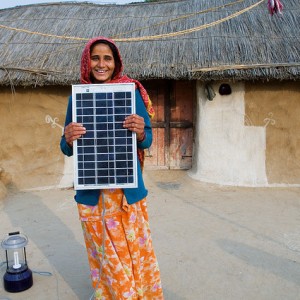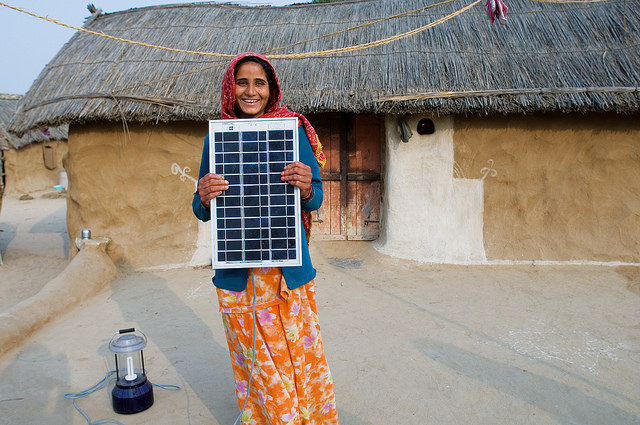Solar power tenders in India have significantly dropped in price, making the price estimates on the renewable fuel unstable. This dramatic decline in cost has also sparked concerns that the demand for thermal coal imports may be a lot lower than people were relying on.
In November and December, Indian states awarded global players large solar power contracts which are now priced at 20 percent less than they were 12 months ago. This illustrates the up-rise of solar power over coal imports in the competitive industry of power generation.
Although they were just recently cut back in December, figures are indicating that the thermal coal growth forecasts in the trading market made by the International Energy Agency are overly bullish says the director of energy finance from the Institute for Energy Economics and Financial Analysis (IEEFA), Tim Buckley.
He also added that BHP Billiton and Adani coal miners made the mistake of “ingrained thinking” when they chose to press forward to expansive coal plans.
According to Mr Buckley, “A company that denies a technology change is real makes mistakes…The implication is for coal mining, coal railways and coal ports,”.
2017 the end of thermal coal imports?
Piyush Goyal, the Minister for Energy in India has stated that by 2017, thermal coal imports will hopefully come to an end.
However, others such as Project Monitor from Melbourne doubt that this target is reachable, labeling the claim that renewable energy could dampen the coal demand in India as “tenuous”. They made the point that solar and wind power generation were inconsistent and are unconvinced India will meet the 2020 coal production target.
The engineering-construction focused consultancy company said that, “The confidence expressed by some that, over the next decade, coal demand will slow significantly and imports will drop to near-zero is almost certain not to be realised,”.
Global renewable energy company SunEdison won a 500MW solar capacity bid in November, which was offered in an auction by the government in Andhra Pradesh, a southern Indian state. Its record breaking pricing of 4.63 rupees per kilowatt-hour was a huge slap in the face for the market, and many were unimpressed until another contract was awarded in December at the same price.
Australian coal exporters should view these contracts as a warning to not count on International Energy Agency (IEA) forecasts, says Mr Buckley.
The National Solar Mission being undertaken by India has a target of 100 gigawatts of solar capacity by 2022. Several big players in the solar industry are making large investments, which significantly helps to lower costs.
According to the IEEFA, solar tariff reductions will be running at five per cent per year over the next 10 years in India, which will result in solar being even cheaper.
Together with south-east Asia, India is seen by the IEA as one of the still remaining large growth markets for thermal coal exports, and they are assuming the imports will be increased to 204 million tonnes before the decade ends. Macquarie Research describes this forecast as “staggering”.
The IEA predicts that by 2020, the world market of thermal coal will hit 1.06 billion tonnes, a figure sitting well above other analysts forecasts.
Photo courtesy of Knut-Erik Helle

